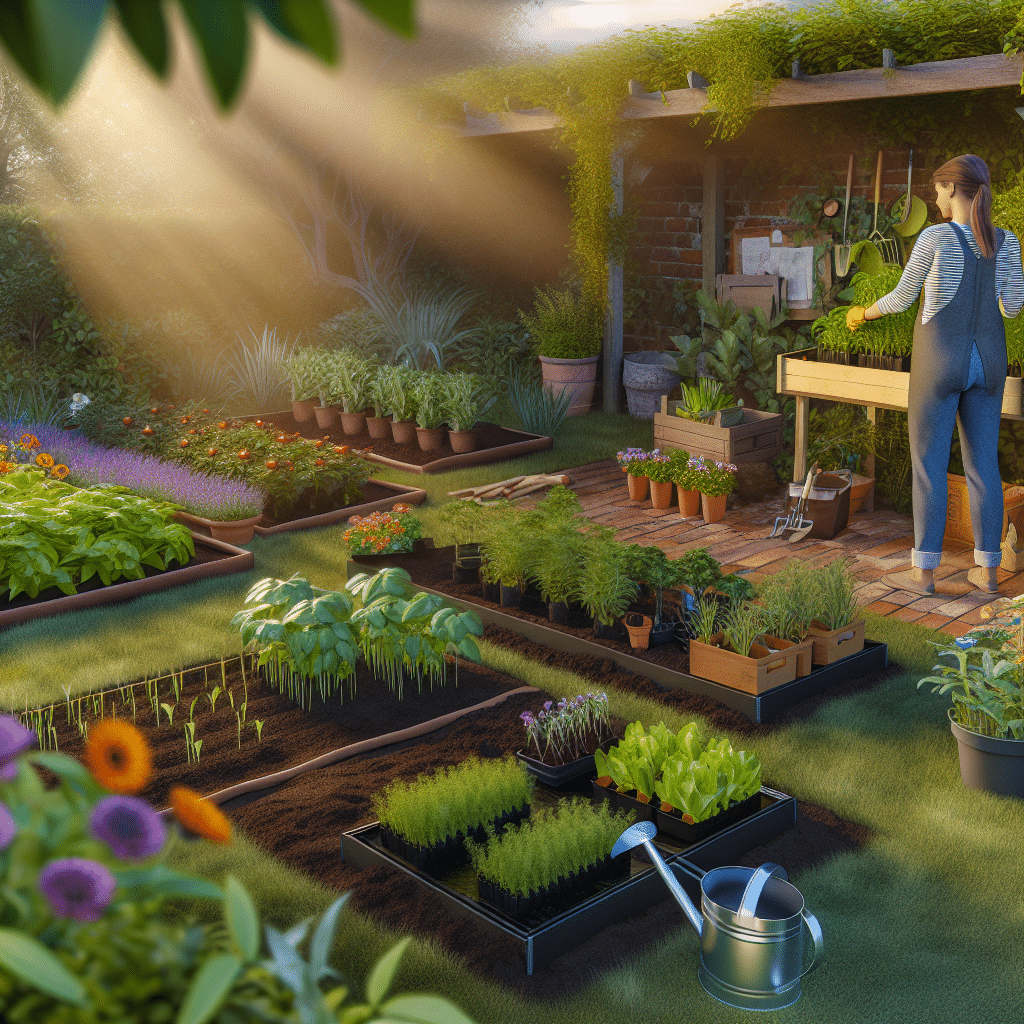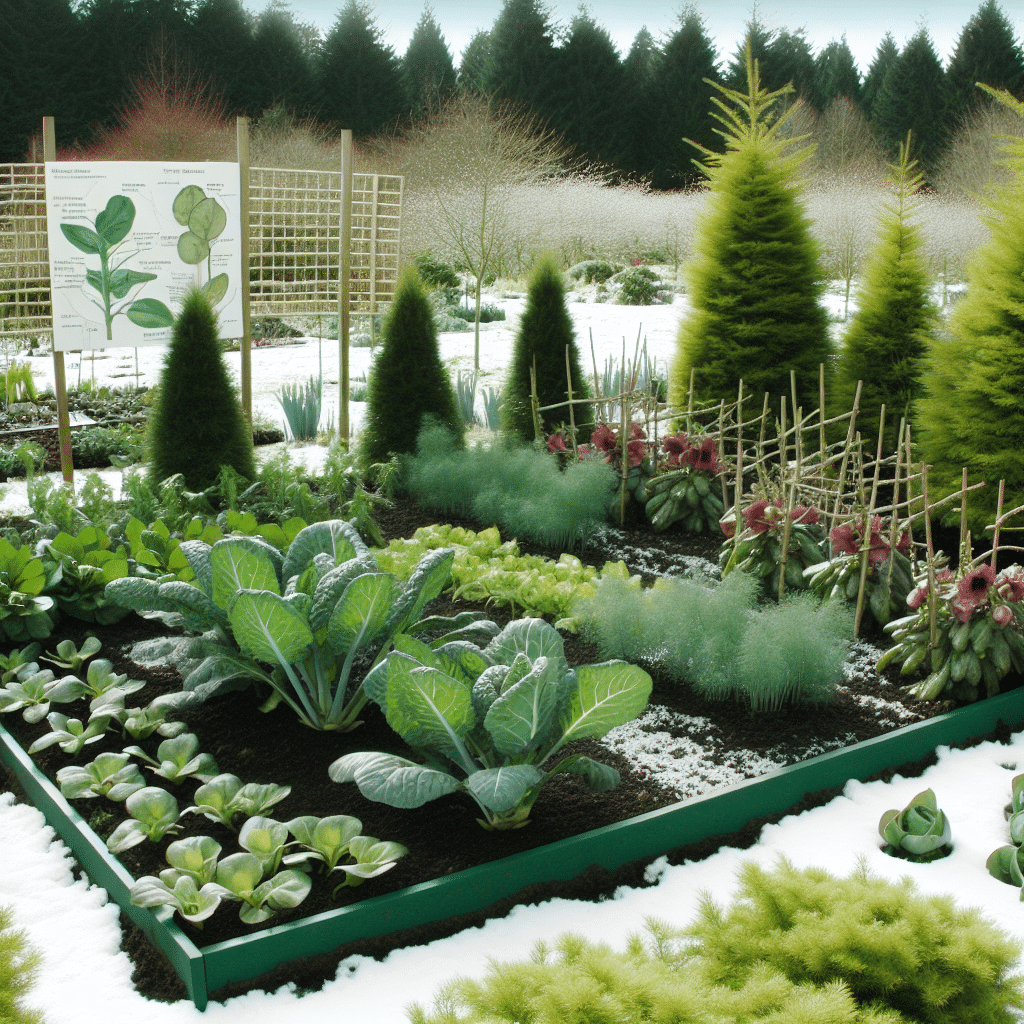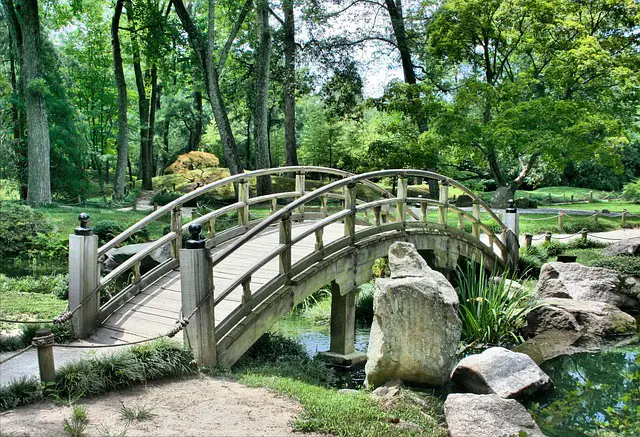Gardening can be one of the most rewarding hobbies you ever undertake. Whether you’re looking to grow your own food, beautify your surroundings, or simply find a therapeutic way to spend your free time, gardening has something to offer everyone. This guide will walk you through the essential steps on how to start gardening, whether you’re working with a small balcony or a large backyard.
Why Start Gardening?
Improve Mental Well-Being
Gardening has been shown to improve mental health by reducing stress, anxiety, and depression. The combination of physical activity, fresh air, and the satisfaction of nurturing plants can have a tremendous impact on your mood and overall well-being.
Eat Healthier
Imagine having fresh vegetables and herbs right at your doorstep! Growing your own produce ensures that you’ll have access to fresh, organic food, free from pesticides and chemicals. Plus, it’s incredibly rewarding to cook with ingredients you’ve grown yourself.
Assess Your Space and Light
Evaluate Your Gardening Space
The first step in how to start gardening is to assess the space where you plan to grow your plants. Whether it’s a window box, raised bed, or an entire yard, understanding your space will help you determine what kinds of plants you can grow.
Ask yourself:
– How much space do I have?
– Is the area mostly shaded or sunny?
– What is the quality of the soil?
Sunlight Exposure
Most plants require at least 6 hours of sunlight per day. Determine the sunny spots in your space by observing the area at different times of the day. If you have limited sunlight, consider growing shade-tolerant plants or installing grow lights.
Choose Your Plants
Start Small
For beginners, it’s a good idea to start small. Choose a few easy-to-grow plants like herbs (basil, mint, parsley), vegetables (tomatoes, lettuce, radishes), or flowers (marigolds, pansies, zinnias). These plants are generally low-maintenance and will give you a good foundation for future gardening endeavors.
Consider Climate and Soil
Different plants thrive in different climates and soil types. Research plants that are well-suited to your local climate and soil conditions. Local gardening centers and online resources can provide valuable information tailored to your area.
Prepare Your Soil
Soil Testing
Healthy soil is the backbone of a successful garden. Conduct a soil test to determine its pH level and nutrient content. You can purchase a soil test kit online or take a sample to your local cooperative extension office for analysis.
Amend the Soil
Based on the soil test results, you may need to amend your soil to improve its quality. Common soil amendments include compost, peat moss, and organic fertilizers. These can help to balance pH levels, improve drainage, and add essential nutrients.
Planting
Seed Starting vs. Transplants
Decide whether you want to start your garden from seeds or use transplants (young plants purchased from a nursery). Seeds are generally cheaper and offer a wider variety of plant options, but they require more time and attention. Transplants are more convenient and faster to grow.
Spacing and Depth
Follow the instructions on seed packets or transplant labels regarding spacing and planting depth. Proper spacing ensures that plants have enough room to grow and receive adequate sunlight and airflow, reducing the risk of diseases.
Watering and Maintenance
Water Wisely
One of the most crucial aspects of how to start gardening is learning how to water your plants correctly. Over-watering and under-watering are common mistakes. Water your plants early in the morning to reduce evaporation and fungal growth. Make sure to water the base of the plant rather than the foliage to prevent diseases.
Regular Maintenance
Gardening doesn’t end with planting. Regular maintenance tasks include weeding, pruning, and harvesting. Weeds compete with your plants for nutrients, so it’s essential to keep them under control. Pruning helps to encourage healthy growth and removes any dead or diseased parts of the plant.
Dealing with Pests and Diseases
Natural Pest Control
Chemical pesticides can be harmful to the environment and your health. Instead, opt for natural pest control methods like introducing beneficial insects (ladybugs, praying mantises), using neem oil, or planting companion plants that repel pests.
Recognize Common Diseases
Keep an eye out for signs of plant diseases such as powdery mildew, root rot, or blight. Early detection can save your garden from widespread damage. Use organic fungicides and practice crop rotation to keep diseases at bay.
Enjoy the Fruits of Your Labor
There’s nothing quite like the joy of harvesting your first crop or seeing your first flowers bloom. Gardening is a continuous learning experience, and it’s okay to make mistakes along the way. Keep experimenting, learning, and most importantly, enjoying the process.
By following these steps on how to start gardening, you’ll be well on your way to creating a beautiful and productive garden. Happy gardening!




